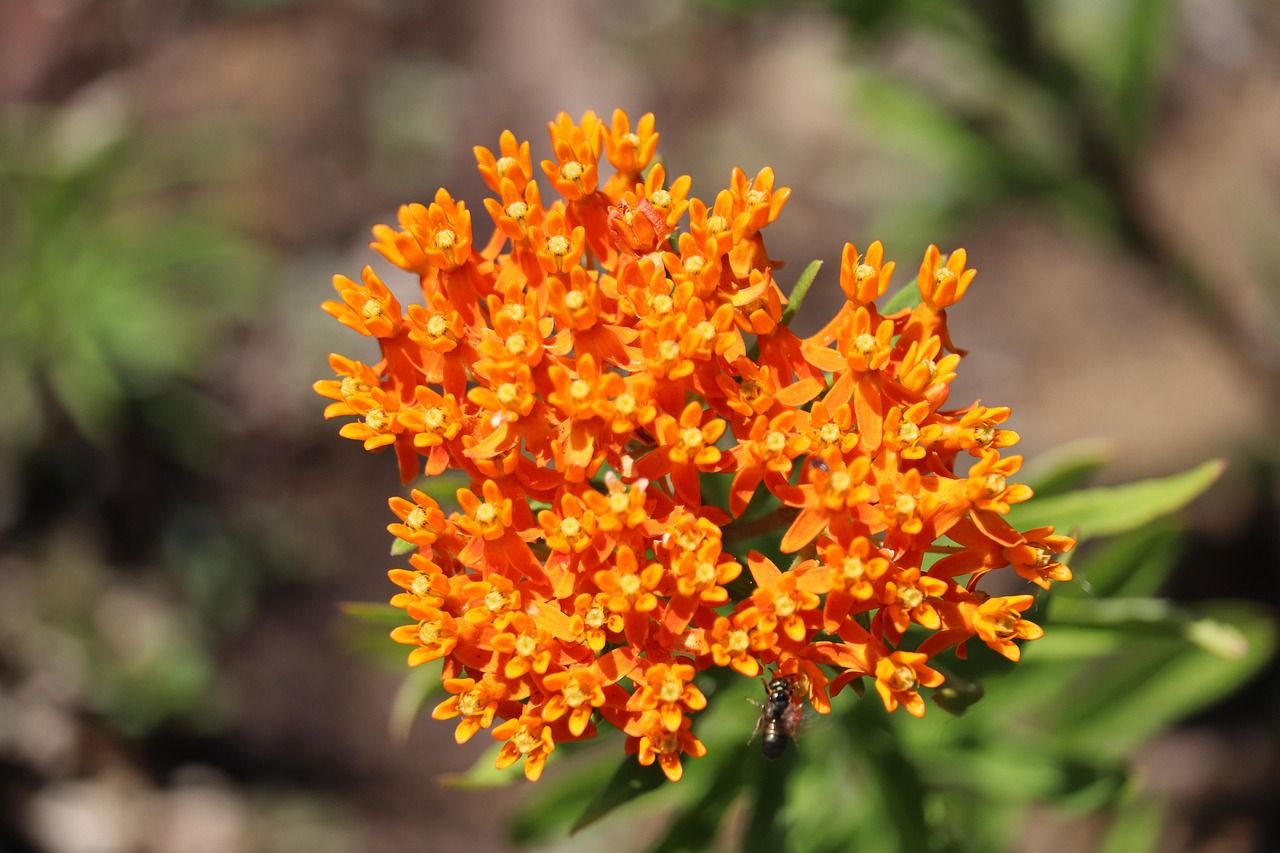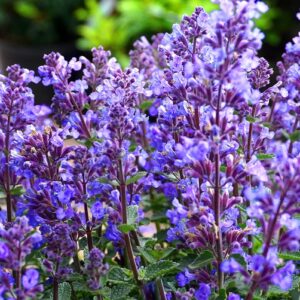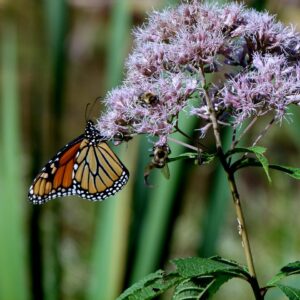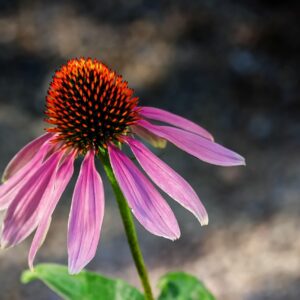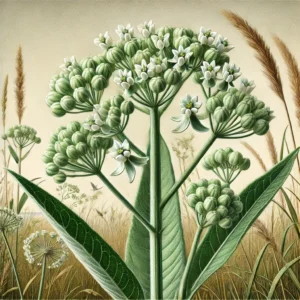Butterfly Milkweed (Asclepias tuberosa) – A Bright and Hardy Pollinator Plant
Butterfly Milkweed is a perennial wildflower known for its brilliant orange flowers and high drought tolerance. Unlike most milkweeds, it lacks milky sap, making it less toxic than other species. As a member of the milkweed family (Asclepiadaceae), it plays a crucial role in supporting monarch butterflies and other pollinators.
Flowers: Bright orange clusters (sometimes yellow or reddish-orange). Flat-topped umbels (flower clusters) composed of small, five-petaled flowers. Blooms from late spring through summer, attracting bees, butterflies, and hummingbirds.
Height & Spread: Grows 1 to 3 feet tall with a bushy, clump-forming habit. Does not spread aggressively like Common Milkweed (Asclepias syriaca).
Leaves: Narrow, lance-shaped leaves, 2-6 inches long. Deep green, smooth-edged, and alternately arranged along the stem.
Stem & Growth Habit: Slender, sturdy stems that become woody at the base. No milky sap, distinguishing it from other milkweed species.
Roots: Deep taproot, making it highly drought-resistant but difficult to transplant.
Habitat & Range: Native to prairies, meadows, dry roadsides, and open fields across North America.Prefers dry, well-drained sandy or rocky soils in full sun.
Pollinators & Wildlife: Major nectar source for butterflies, including monarchs, swallowtails, and fritillaries. Monarch caterpillars may feed on it but prefer Common Milkweed due to its softer leaves. Deer-resistant due to its slightly bitter taste.
One of the Few Non-Toxic Milkweeds: Unlike Common Milkweed, it does not produce toxic milky sap, making it safer for gardens.
Deep Root System for Survival: The long taproot allows it to thrive in drought conditions, making it ideal for xeriscaping.
Essential for Pollinators: Highly attractive to monarch butterflies, native bees, and hummingbirds due to its high nectar content.
Growing Butterfly Milkweed:
Best for pollinator gardens, prairies, and dry landscapes. Thrives in full sun and requires well-drained soil. Highly drought-resistant, needing little water once established. Slow to establish due to its deep taproot, but long-lived once mature. Does not spread aggressively, making it easy to manage.

